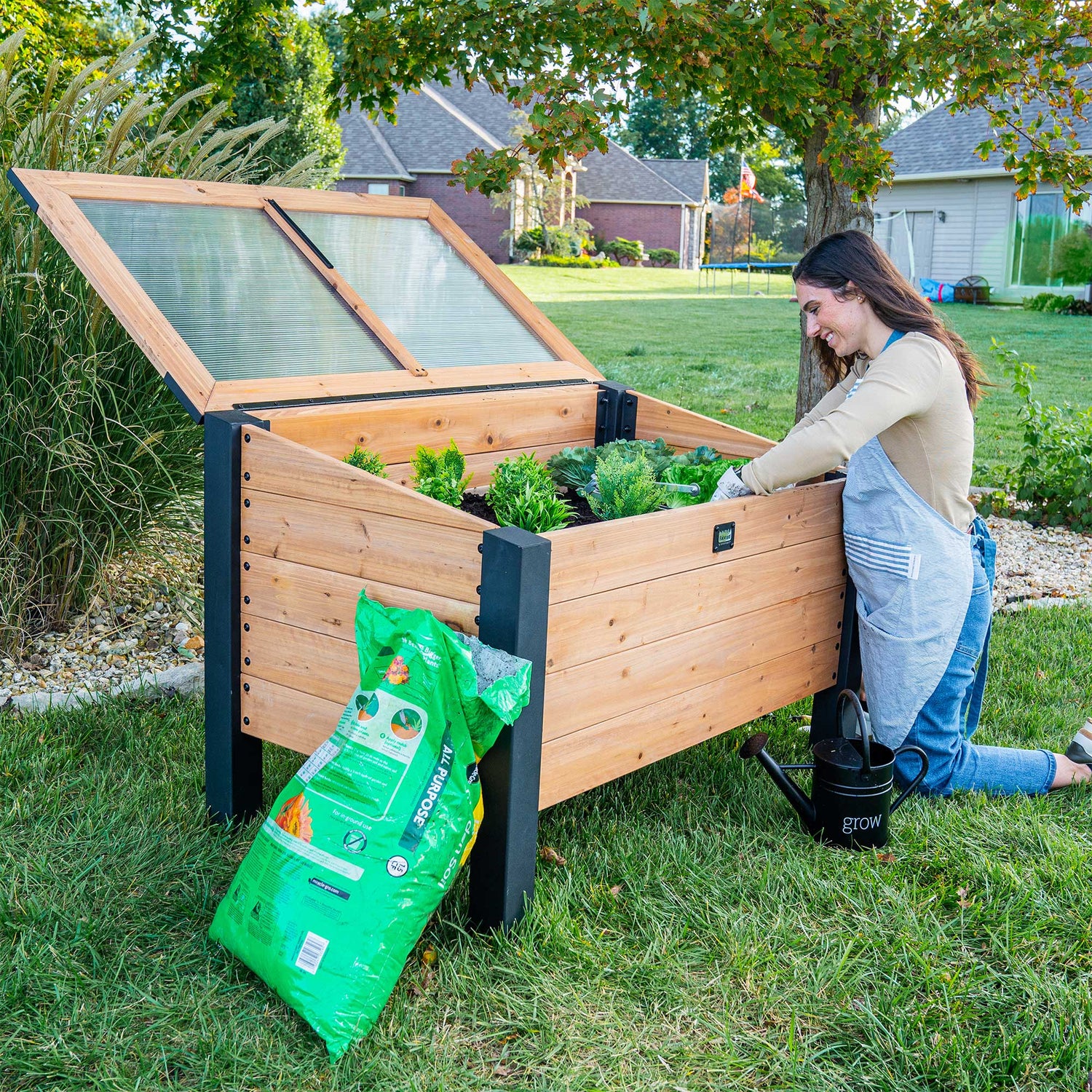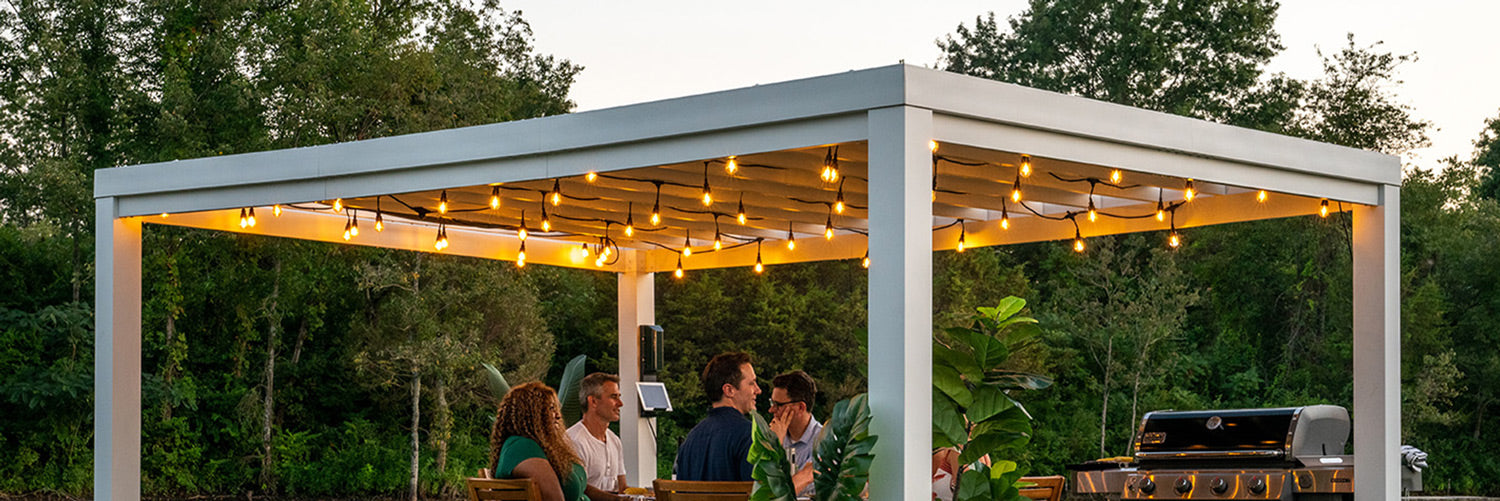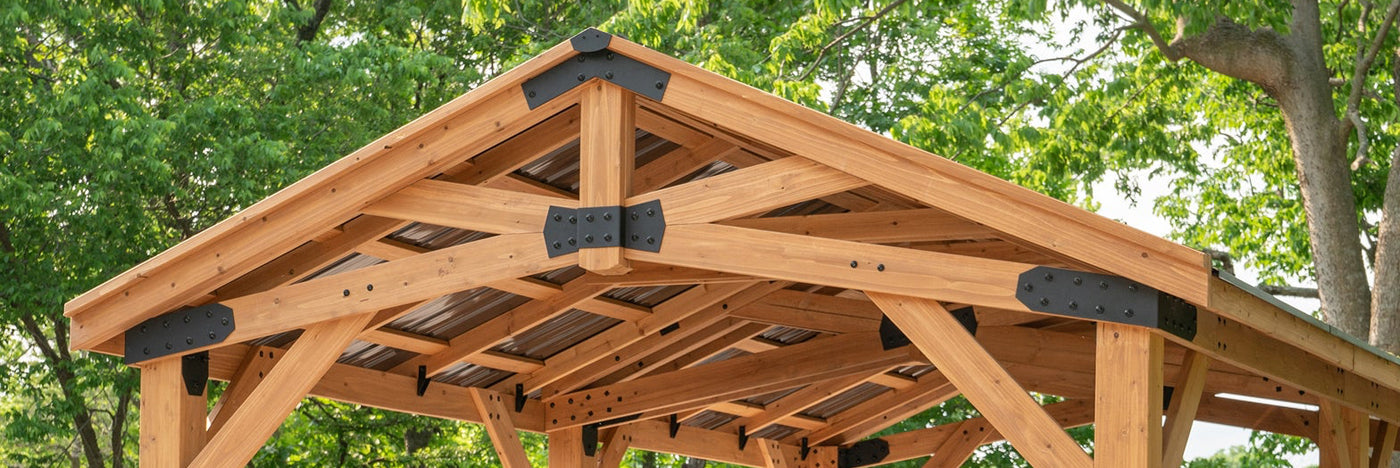How to Start an Herb Garden: A Guide to the Essentials
There's nothing more satisfying than harvesting fresh herbs from your own garden and adding them to a home-cooked meal. Whether you have a spacious backyard or an apartment windowsill, growing herbs is one of the most rewarding (and easiest) ways to start gardening. In this guide, you'll learn everything from benefits of growing your own herbs to setting up your space and maintaining healthy plants.
Why Start an Herb Garden?
If you're new to gardening and don't know where to start, herbs are the perfect beginner plant. They're forgiving and easy to care for, while offering a variety of uses in your kitchen and around the house. Plus, growing herbs is a fun way to learn a new hobby and gain practical skills.
Fresh & Healthy
- Store-bought herbs really can't compare to the natural, fresh flavors and aromas of those you grow yourself. Plus, herbs are packed with antioxidants, and you'll know exactly what went into growing them.
Accessibility
- Having herbs within easy reach while cooking can change how and what you cook. You'll find yourself reaching for the fresh herbs more often, enhancing any dish or making fresh herbal tea.
Self-Sustainability
- Growing even a small portion of your own food creates a meaningful connection to what you're eating and helps you reduce your dependence on mass-produced options.
Low Maintenance
- Most herbs are pretty resilient plants and require less attention than many vegetables or flowers, making them perfect for beginners and experienced growers.
Versatility
- Beyond cooking, many herbs can be dried for teas, used in homemade remedies, or added to DIY cleaning products.
Know Your Herbs
Getting to know different types of herbs and what they need to thrive is the foundation for a flourishing garden. Think about how you plan to use the herbs and choose varieties that best fit your needs.
Rosemary
This evergreen perennial loves full sun and well-drained soil. Rosemary is drought-tolerant and adds a piney, aromatic flavor that's great for roasted meats, breads, and sauces.
Thyme
With tiny, fragrant leaves, thyme thrives in dry, sunny conditions. It's versatile in the kitchen, complementing everything from roasted vegetables to soups and stews.
Sage
Sage's pretty silver-green leaves prefer full sun and well-drained soil. Its earthy flavor is perfect for fall dishes, stuffings, and brown butter sauces.
Basil
Known for its sweet, peppery flavor, basil requires warm temperatures and consistent moisture. It's essential for homemade pesto, Caprese salads, or adding a fresh finish to pastas and pizzas.
Lavender
With its distinctive scent and beautiful purple flowers, lavender needs full sun and excellent drainage. It's perfect in teas and homemade body products thanks to its calming aroma.
Chamomile
Loved for its apple-scented flowers that make a soothing tea, chamomile grows well in partial shade. Plus, the white and yellow flowers add beauty to your garden while attracting beneficial insects.
Creating the Perfect Growing Space
Setting up the right spot for your herbs can make all the difference in how well they grow. Most herbs thrive when planted together in on large container instead of being separated into individual small pots. This setup helps them absorb more nutrients, keeps the soil moist longer, and makes maintenance easier. When you're picking a container, make sure it has proper drainage - herbs don't like soggy roots and can quickly suffer from root rot.
Cold Frames
Cold frames are basically mini-greenhouses that protect your herbs while letting in plenty of sunlight. They help extend your growing season and shelter plants from harsh weather, creating a cozy microclimate that herbs love. The Aggie Cold Frame Box is a great choice for herb gardening thanks to features like:
- A temperature-activated lid that automatically opens and closes to provide ventilation.
- Double-wall polycarbonate lid panels that let in natural light while retaining heat.
- Natural cedar construction that resists rot and decay.
- Rust-resistant powder-coated steel hardware for long-lasting strength.
- Wide bottom slats and mesh lining to provide excellent drainage.
- A compact design that fits well in small spaces like balconies or patios.
Windowsill Planters
Long windowsill planters are perfect for growing herbs indoors, especially if you have a sunny, south-facing window. An herb planter made from food-safe materials can fit easily on a windowsill and allow you to grow a variety of herbs right in your kitchen. Just make sure it has proper drainage holes to prevent soggy roots.
Food-Grade Metal or Cedar Planters
For outdoor spaces like patios, decks, or balconies, food-grade galvanized steel troughs or untreated cedar planters work very well. These containers are deep and wide enough for multiple herbs, provide good drainage, and are safe for edible plants. They’re also durable and can be moved to get more sun if needed.
Basic Herb Care
Next, we'll cover essential care tips that work well for most herbs. Keep in mind that it's always best to research the specific needs of the varieties you want to grow.
Watering
Most herbs prefer soil that's moist but not soggy. Water when the top inch of soil feels dry to the touch - a general rule of thumb is to water your herbs once a week. Also, make sure your containers have proper drainage to prevent water from pooling around the roots.
Lighting
Herbs love sunlight. It's best to provide them with at least 6 hours of direct light each day. If you're growing indoors, placing your planter in a south-facing window is ideal, but you can also use grow lights to give your herbs extra light.
Soil
Well-draining soil rich in organic matter is perfect for growing herbs. Use a high-quality potting mix made for container gardening or add compost to garden soil to give it extra nutrients. Avoid heavy clay soils that hold too much moisture.
Pruning
Regular pruning encourages herbs to grow fuller and produce more leaves. Trim back the tips of your plants once they're established and before they flower to keep them compact and healthy.
Start Herb Gardening Today
Learning to plant herbs is a great introduction to gardening. It's easy to start with just a couple of plants and build from there as you gain confidence. The most important thing is to have fun with it. Herb gardening connects us to nature, engages our senses, and rewards us with fresh herbs that offer a variety of uses and benefits.



Leave a comment
This site is protected by hCaptcha and the hCaptcha Privacy Policy and Terms of Service apply.